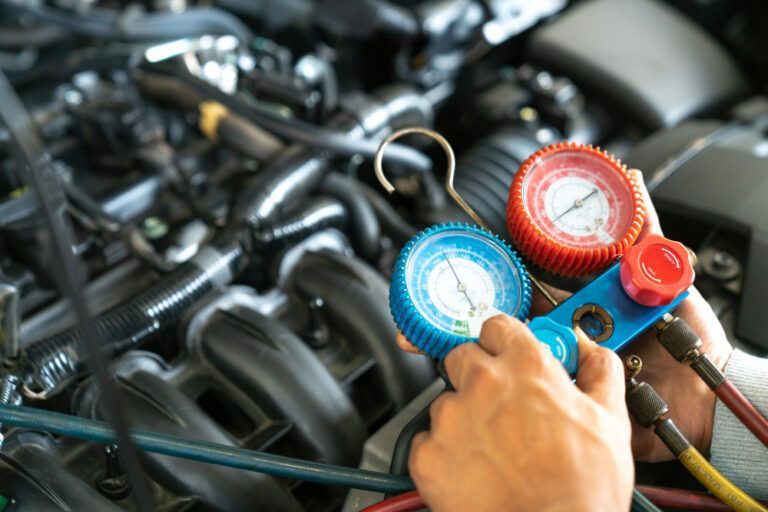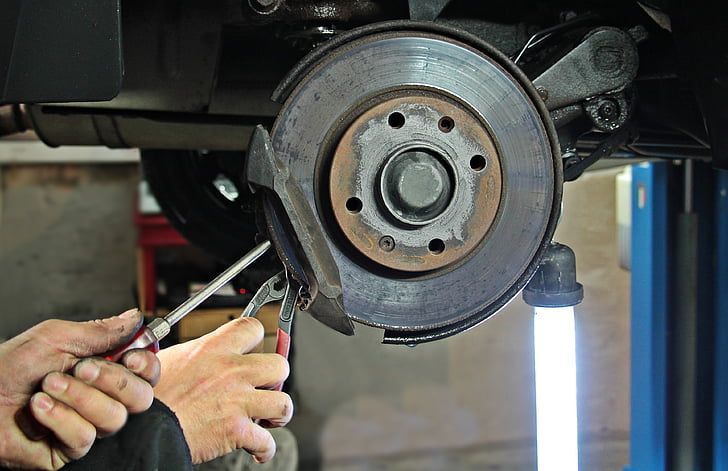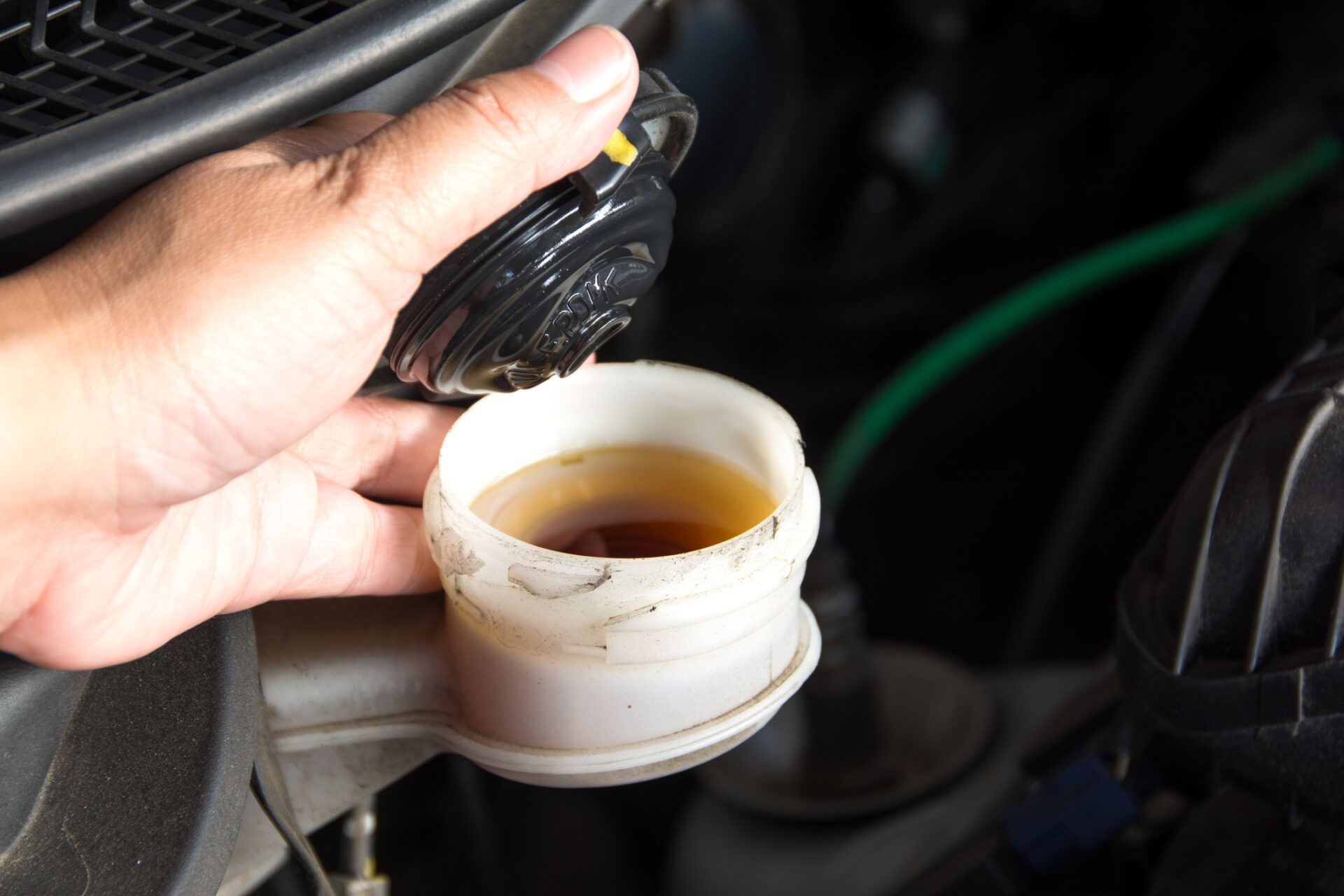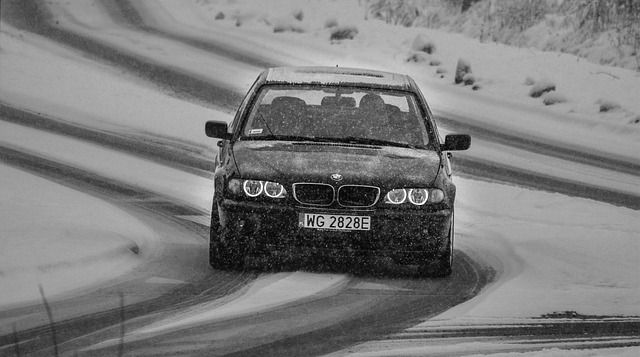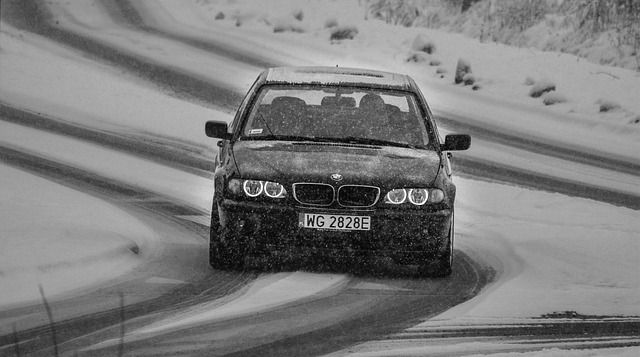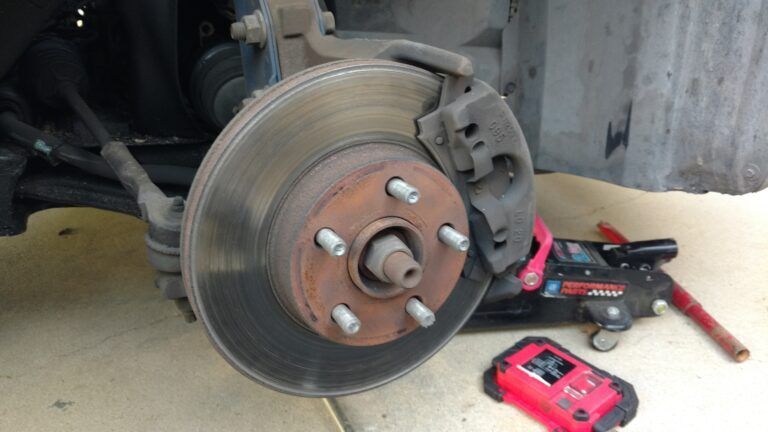10 tips to get your car ready for winter

Woman driving a car. Free public domain CC0 photo.
Winter wreaks havoc your vehicle. From temperature drops that affect tire pressure to ice and salt, which can damage a vehicle’s exterior, winter weather causes a lot of wear and tear on cars.
That’s why it’s so important to winterize your vehicle. Preparing your car for winter ensures, first and foremost, safety. After winterizing your vehicle, you can improve stability, visibility, and stopping power. Also, a few winter prep steps can help improve comfort and performance through the cold days of winter.
Thinking about getting your car ready for winter? With the snow right around the corner, now is the perfect time to follow these ten tips for winterizing your vehicle.
Check Tire Tread
Worn tires are one of the leading causes of winter automobile accidents. Old, worn-down tires increase stopping time and reduce stability, which is especially true in icy conditions. Start by examining the tread depth.
Service Your Battery
Winter weather is your car battery’s worst enemy. In the dead of winter, cold air can drastically reduce the battery’s ability to generate power. That’s why hard starts are more common in cold weather. When the temperature is below freezing, the energy in a fully charged battery drops by half. Similarly, you’ll likely be running the heater and defroster, which puts more strain on the battery.
Clean Battery Terminals
Corrosion on the battery terminals causes a lot of problems in the winter. Starting problems, for example, can be caused by this issue. Plus, significant corrosion can impede the charging system’s ability to recharge the battery fully.
Check Your Brakes
On icy roads, you rely on your brakes to stop. That’s why this is a critical car winterizing step. Inspect the brake pads and rotors; they should be changed if you notice wear. One telltale sign of worn-down brakes is brake noise; if you notice wheezing, grinding sounds, or chirping, it’s best to have your brakes checked.
Winterize Your Fluids
The cold weather affects all your car’s fluids, from the motor oil to the wiper fluid. A winter car tune-up should include:
- Oil Change – Motor oil thickens in cold weather, which can cause several wear-and-tear and performance issues. Adding new winter-blend oil will ensure it’s the right viscosity for winter.
- Anti-Freeze Check – Anti-freeze is a mixture of water and anti-freeze fluid, usually in a roughly 50:50 ratio. If there’s too much water in the mixture, you can run into issues with freezing.
- Wiper Fluid Replacement – Replace your wiper fluid with a blend that contains anti-freeze. A -20-degree wiper fluid is best.
- Brake Fluid – Check brake fluid levels and top off if necessary.
Replace Your Wiper Blades
Examine your blades for wear and tear. If you notice cracking, or if your blades leave streaks in the rain, it’s time to replace them.
Heating and Cooling Check-Up
You rely on the heater and defroster in winter. That’s why you must make sure the system is ready for the colder weather. Take your vehicle in for a heating system tune-up.
Lubricate Exterior Components
In cold weather, freezing water can seep into locks, door jambs, and window tracks, creating minor annoyances like slow-moving windows. Over time though, these problems can stress window regulator cables, weather stripping, and locks, resulting in costly repairs. Before winter, lubricate and protect these components using a dry lube or silicone spray.
Prep the Paint
Winter weather dulls the paint’s shine and can eat into the clear coat. Road salt exacerbates the problem, leaving your car’s exterior susceptible to oxidation and rust.
These are just a few of the ways that you can prepare your vehicle for winter. If you have more questions, give us a call at Chester River.
